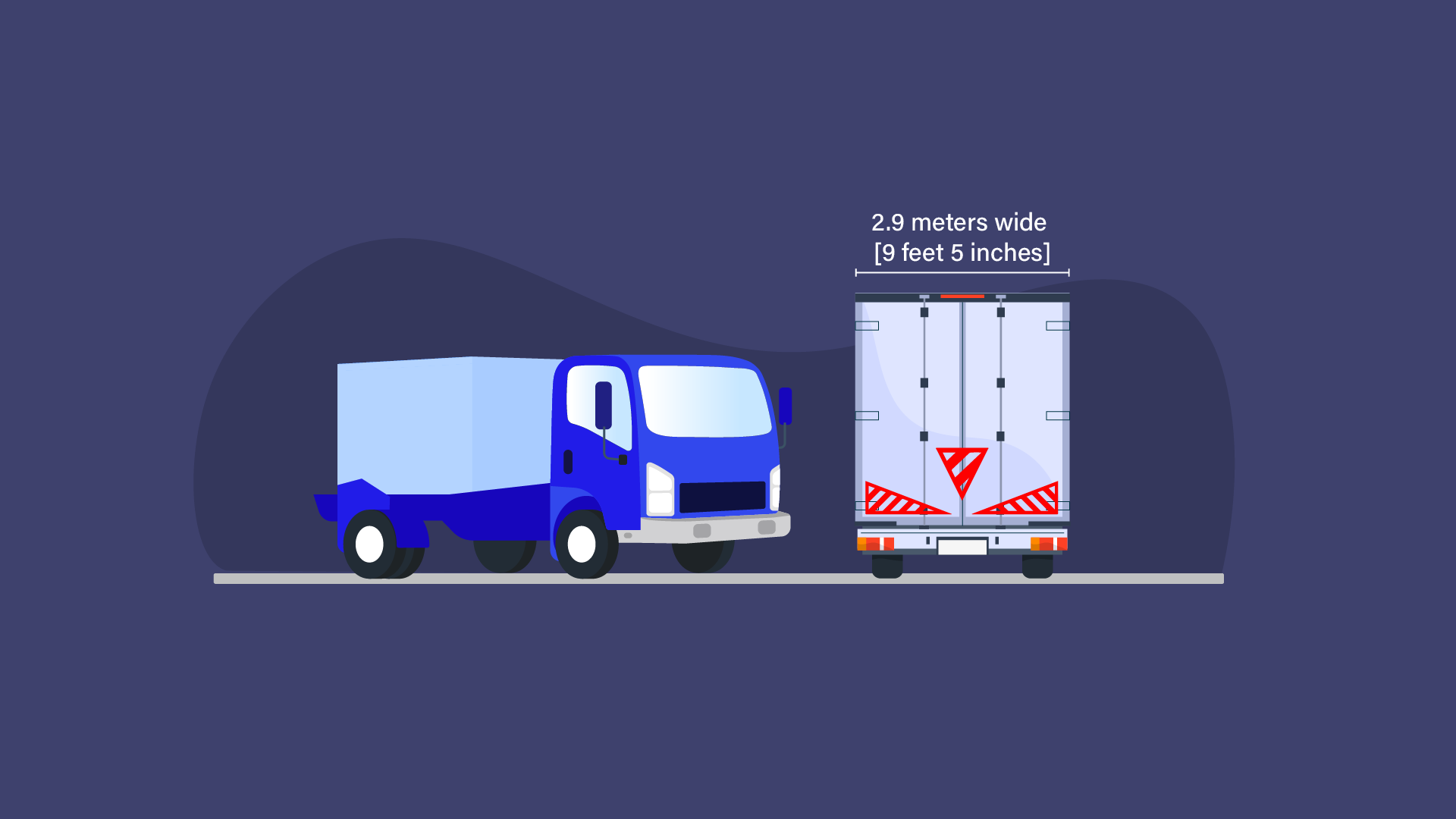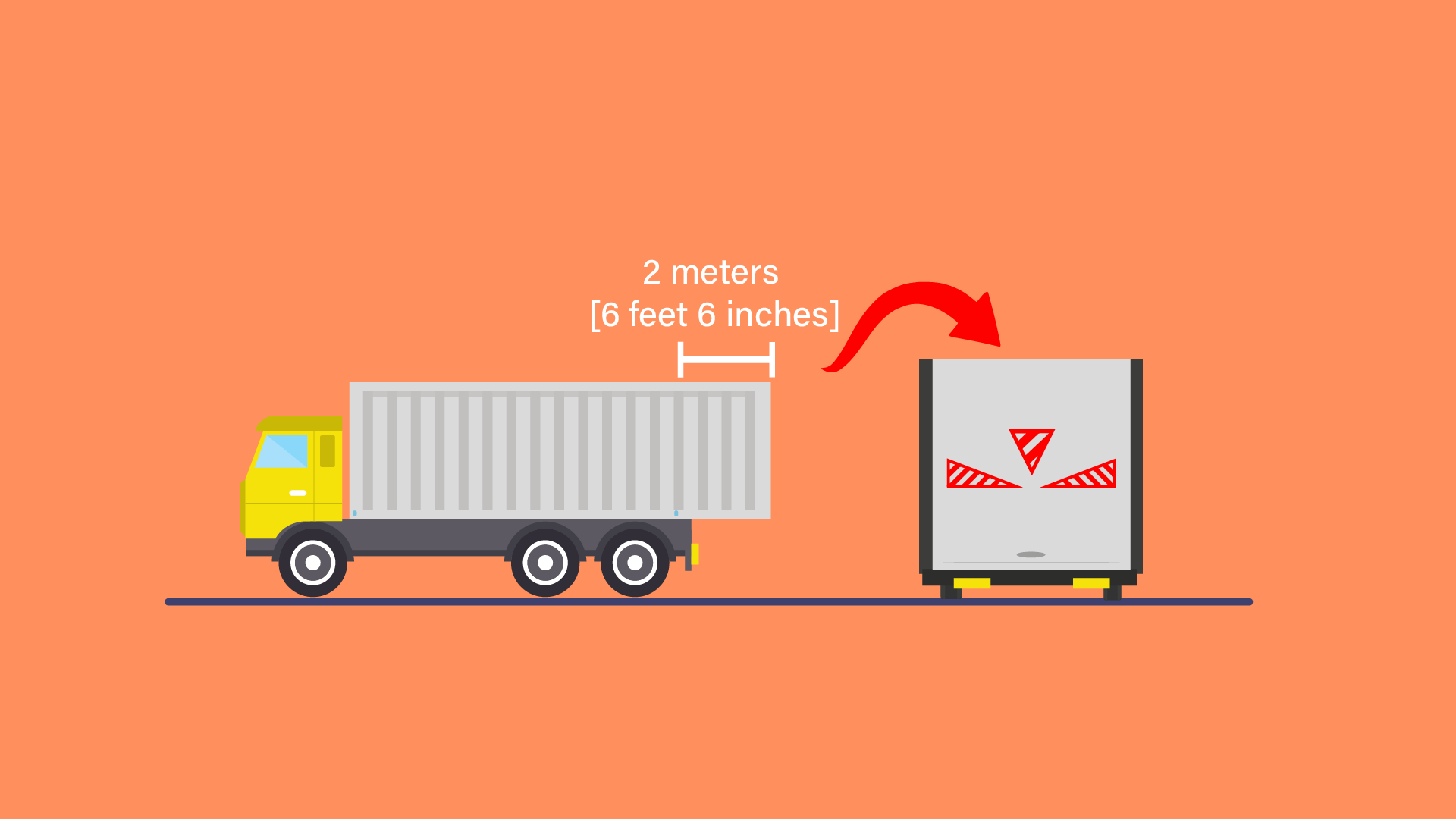Where would you expect to see these road markings?

Contents
You would expect to see these road markings on the approach to an arched bridge.
Driving down the road, you encounter a myriad of markings that guide your journey. Let's see where you see these road markings.
Where Would You Expect To See These Markers
1. White and Yellow Lines
On the Road Surface: Everywhere! White and yellow lines are the road's language. You'll find them everywhere, marking lanes and keeping traffic flowing smoothly.
2. Crosswalk - Pedestrian Crossings
At Intersections and Street Corners! Zebra-striped lines at intersections are your clue. These markings indicate pedestrian crossings, guiding walkers safely across the road.
3. Arrows and Turn Lanes
At Intersections and Turn Points! Arrows on the road tell you where to turn. Look for them at intersections and turn lanes, guiding your journey in the right direction.
4. Stop Signs
At Intersections and Crossroads! Stop signs stand tall at intersections and crossroads, commanding an immediate halt. Watch out for these red octagons.
5. Dots - Pavement Markers
On the Road Surface, Especially in Low Visibility! Pavement markers in the form of dots and dashes guide you, especially during low visibility conditions. Look down, and you'll find these road whispers.
6. Special Zones - Bus Lanes, HOV Lanes, and More
On Exclusive Lanes: Reserved Spaces for Buses and Carpoolers! Special lanes, like those for buses and carpoolers, have unique markings. Keep an eye out for reserved spaces as you navigate the road.
7. Construction Zone
Orange Cones and White Lines! When you see orange cones and white lines, it's a signal of construction ahead. Drive with caution as you navigate through these evolving zones.
8. Speed Limit Signs
Pictorial Markings Reinforce Limits! Speed limit signs come with accompanying road markings. These symbols reinforce the speed limits, reminding you to maintain a safe pace.
9. Before Traffic Signals
Stop Lines Marking Halting Points. Approaching a traffic signal? Look for stop lines on the road. They mark the point where you need to halt before the light changes.
10. Red and Yellow Markers
Throughout the Road Landscape! Red and yellow striped road sign meaning safety hazards or restrictions! Keep an eye out for these colorful signals as you journey along the road.
That’s A Wrap!
Road markings are your silent guides, placed strategically to convey essential information. As you hit the road, keep a keen eye out for these markings in various locations. They're not just paint on the pavement; they're your roadmap to understanding and acing your Theory Test.
FAQ
1. Do Road Markings Change Depending on the Type of Road?
Yes, indeed! Different roads have different stories to tell. From highways to residential streets, the markings may vary. Pay attention to adapting your driving to the road's language.
2. Are Road Markings the Same Across Different States?
Not always! While the basics remain constant, each state might add its own flair. Traveling across state lines? Keep an eye out for any road marking variations.
3. Can Road Markings Fade Over Time?
Absolutely! Sun, rain, and traffic take their toll. Faded markings can confuse drivers and lead to misunderstandings. The constant exposure to the elements means road markings might need a fresh coat of paint now and then.
4. Do Road Markings Have Different Meanings at Night?
Yes, they do! Nighttime driving brings its challenges. Reflective paint ensures that road markings are visible in the dark, guiding you through the night like glowing beacons.
5. How Do Road Markings Help Emergency Vehicles?
Road markings serve as visual cues even in emergencies. Clear markings help emergency vehicles navigate through traffic swiftly, ensuring a rapid response to urgent situations.


